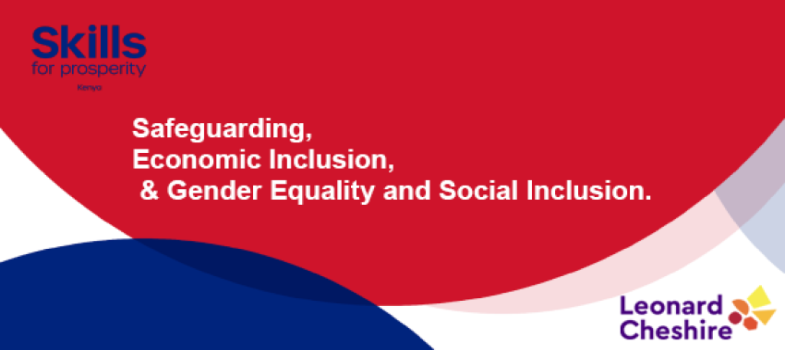3.2.9 Summary
- Contextual safeguarding recognises that Women and Low Income Youth in Kenya may be exposed to harm in extra-familiar contexts which are not considered by traditional safeguarding approaches. Therefore, a deep understanding of the safeguarding context that allows for identification of the underlying causes of harm to the learners (and the other persons) within the institution, and that recognises the value of partnerships and involvement of all stakeholders in safeguarding actions is needed.
- There
are international and national laws and regulations that relate to
safeguarding. Some of the international laws and regulation include:
- Universal Declaration of Human Rights (UDHR);
- United Nations Convention on the Rights of the Child
(UNCRC);
- United Nations Convention on the Rights of Persons
with Disability (UNCPRD); and
- Convention on the Elimination of All Forms of Discrimination Against Women (CEDAW).
- Examples of the national Safeguarding Laws include:
- Constitution;
- Work Injury Benefits
Act, No. 13 of 2007;
- Public Health Act; and
- Occupational Safety and Health Act.
- Some of the challenges
that make the safeguarding laws and policies to be ineffectiveness in Kenya
are:
- Citizenry remains unaware of what the law provides for the protection and advancement of their human rights due to lack of a dedicated civic education forum;
- Limited resources allocated to the implementation of these policies; Duplication on the coordination of key actors and programmes;
- Inconsistencies in the laws with the provisions
regarding safeguarding with some acting as claw backs on previous gains made in
the safeguarding arena; and
- The application of all laws in Kenya is subject
to the victim reaching out for redress which places an undue burden on the
survivors.
- Safeguarding happens within the culture of an institutions. It therefore needs to be embed in the organizational practices and values. Nonetheless, to achieve a healthy safeguarding culture in an organization can take time. It is an iterative journey that requires regular reflections and continuous improvement actions to be taken over time. To achieve sustainable results, a holistic approach that integrates safeguarding practices into the day-to-day programme and business operations is needed. A ‘silo approach’ would isolate key stakeholders and leave some risks unaddressed. Therefore, everyone must be involved.

| Previous | Next |






